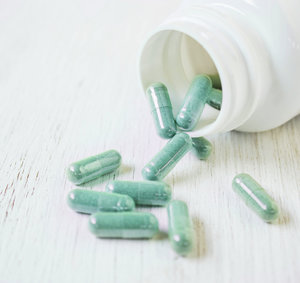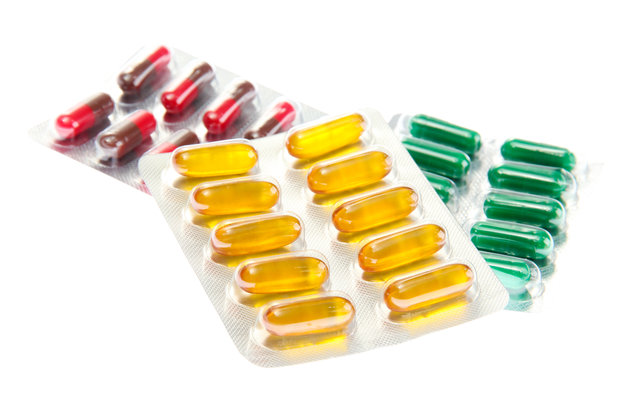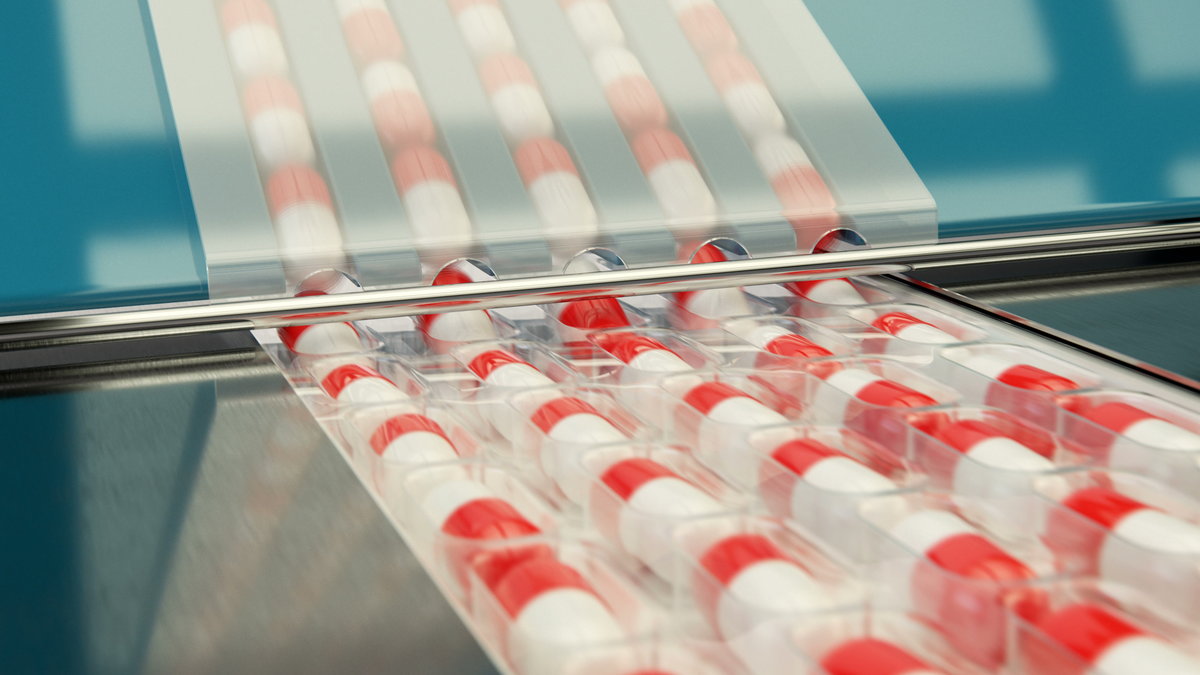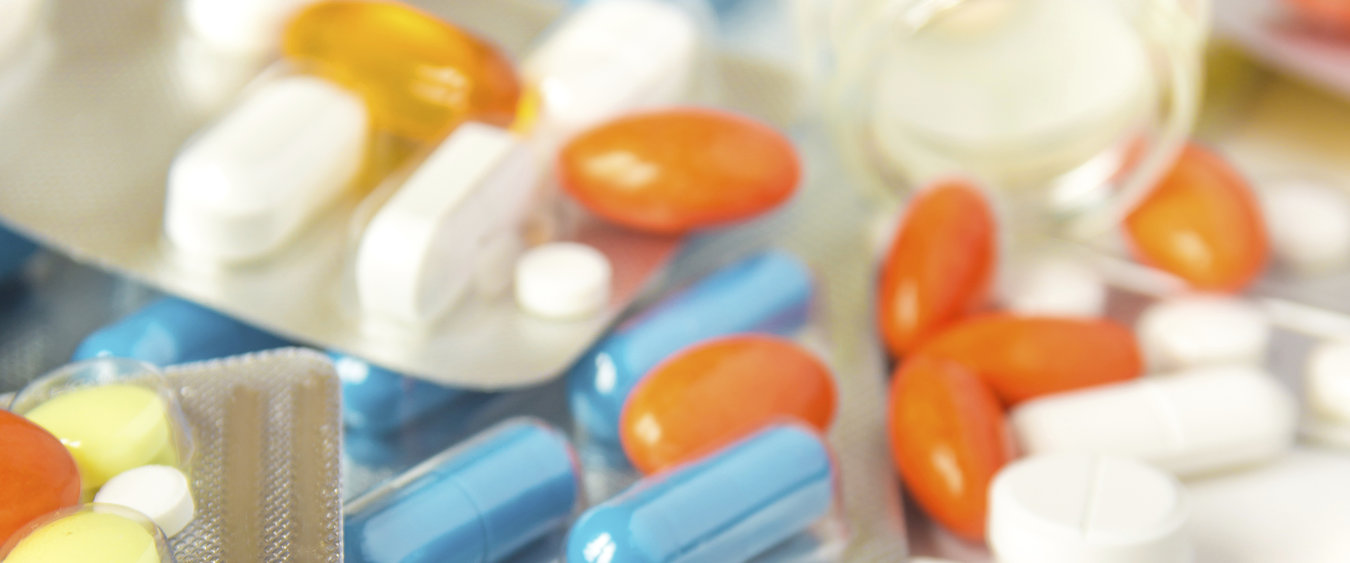The benefits of capsules

Capsules are dosage forms that encapsulate an active ingredient (e.g. drug) in a dissolvable shell. They are a safe alternative to tablets and offer numerous benefits over the tablet form.
For starters, capsules are easier to formulate than tablets. This speeds up the development process, meaning a faster time-to-market. Capsule technology also allows pharmaceutical manufacturers to encapsulate liquid and semi-liquid fills, something that’s not possible with tablets.
Capsules help to improve patient compliance. This is because capsules tend to be smaller which makes them easier to swallow, and they perfectly disguise the unpleasant tastes associated with liquid medicine or chalky tablets.
Another benefit of capsules is that they are customizable, which is to say, they come in different shapes, sizes and colors for unique identification.
Capsules are traditionally made from gelatin, an animal protein derived from collagen. In recent years, however, plant-based alternatives such as HPMC and modified starch have come on the market to cater for vegetarians.
The difference between hard and soft capsules

Hard Capsules
Hard capsules are rigid, cylindrical shells typically made of two parts - body and cap - which are filled with dry or liquid ingredients and then specially sealed to prevent leakages. These are one of the oldest forms of pharmaceutical capsule.

Soft Capsules
Soft capsules (also known as softgels) are one-piece capsules i.e. they are made in one action. Although the manufacturing process for soft capsules is more complex, this approach makes it possible for manufacturers to produce capsules with liquid or semi-liquid fills in different shapes and sizes.
1833
The gelatin capsule was invented in 1833 by French pharmacist F. A. B. Mothes. His first manufacturing method involved the use of small, leather pouches filled with mercury which were then coated in a gelatin solution. Mothes improved upon this method by using solid moulds made of burnished brass which greatly enhanced the cost-effectiveness of gelatin capsule production.
It proved a popular development among pharmacists and patients alike. For pharmacists, it enabled better control of dosing and afforded the medicine better protection from heat, cold and humidity. For the patients, it meant they no longer had to put up with bitter tasting medicines.
1894-1897
By the end of the 19th century, America had become the world leaders in the development of gelatin capsules. Between 1894-1897, American pharmaceutical company Eli Lilly built their first ever capsule manufacturing plant for the production of the newly developed 2-piece, self-locking hard capsule. Within twenty years they developed the first automatic method for manufacturing hard capsules which revolutionized the industry.
1930
In 1930, Robert P. Scherer revolutionized the production of soft gelatin capsules (softgels) by developing an automatic, continuous filling machine that made mass production possible.
2001
Owing to its reliability and safety, gelatin has been the shell excipient of choice for pharmaceutical manufacturers. However, because gelatin is not the best option for vegetarians, manufacturers wanted to come up with an alternative ingredient. So in 2001 the first generation of vegetarian semi-synthetic hydroxypropyl methylcellulose (HPMC) hard capsules came on the market, shortly followed by vegetarian soft capsules made from semi-synthetic modified starch.
Gelatin capsules: the natural choice for consumers
In recent years, consumers have become more aware of the origin, sustainability and health aspects of the products they buy. This is partly fueled by the tightening of labelling legislation and transparency on food products e.g. the EU law on food information to consumers.
Food additives (also known as E-numbers) are substances not normally consumed as a food in itself and not normally a characteristic ingredient of food. Because gelatin is classified as ‘food’, it is not considered a food additive and therefore does not have an E-number. Many gelatin alternatives carry an E-number e.g. Hydroxypropyl Methylcellulose (HPMC) and modified starch. These two products are relatively new on the market, are plant derived, and processed using synthetic chemicals. The HPMC manufacturing process, for example, involves a reaction of purified cellulose with reagents such as methyl chloride and propylene oxide, the latter being classified - by the US Environmental Protection Agency - as a probable human carcinogen.
The use of gelatin as a food ingredient can be traced back to the Middle Ages, when it was used as an ingredient for jellied food products. Nowadays, it is part of our everyday lives and an ingredient of choice for many consumers around the world. Gelatin is derived from natural resources and obtained through partial hydrolysis of collagen contained in animal skins and bones.
As a pure and high quality protein coming from by-products of the meat industry, Gelatin helps to minimize wastage. And no chemical modification takes place during the entire manufacturing process. Optimizing the benefits of gelatin makes sense as it helps to reduce wastage. As traceability is vital in food production, all raw materials undergo strict testing and control to ensure maximum quality, safety and traceability.
One can ask: what is truly natural? What are we looking for when we ask for a sustainable product? Is it the origin, or does it include the process and potential chemical modification as well? Capsules based on plant derived products answer the increasing demand for vegetarian based products, but seem to leave the natural demand unanswered. On the other hand, gelatin capsules answer to the natural choice, but can only leave the vegetarian trend unanswered.
Recently in India some vegetarian lobby groups were pushing the Indian government to make HPMC capsules the standard dosage form for medication. The Indian government commissioned a study to look at the viability of such a move. The study concluded that gelatin capsules are more efficient, present minimal manufacturing complications and are generally the safest option for dosing medication. The Indian government subsequently opted to keep gelatin as the standard.
Some key considerations of hard and soft gelatin capsules
The fabrication of hard and soft capsules is a complex process requiring precise calculations. Once the capsules are manufactured, their performance might also vary. Let’s take a look at some key technical considerations of hard and soft capsules.
Active Pharmaceutical Ingredient (API) / Dissolution
This is the rate at which the capsule dissolves in the stomach allowing the active ingredient to be absorbed by the body. Gelatin, for example, has one of the best - if not the best - API dissolution rates, enabling the API to be quickly available for absorption by the body. It’s one of the most important considerations for pharmaceutical manufacturers.
Usually the dissolution process occurs smoothly in the body. However, exposure to inappropriate heat or humidity conditions, or the presence of certain aldehydes, can cause capsule shells to cross-link. Because of its low humidity, HPMC is not subject to the problems of crosslinks. Gelatin used to be susceptible to this phenomenon but a new generation of gelatins (such as StabiCaps) have been developed to significantly decrease and slow down possible cross-linking issues.
Cost-efficiency
Compared to alternative excipients, gelatin is the most cost-efficient. The ingredients for first generation HPMC hard capsules cost around four times more than gelatin and HPMC capsules cost around three times more to manufacture. This of course has an impact on the costs charged to the healthcare systems, the consumers and the taxpayers.
Machinability
Gelatin has a high level of machinability, which means it can tolerate the mechanical process really well, and therefore no additional ingredients or machines are needed. HPMC has a lower level of machinability: first generation HPMC requires secondary gelling agents, while second generation HPMC doesn’t need gelling agents but does require machine adaptation.

Mechanical resistance
Capsules have to be strong enough to cope with mechanical stress. Any weakness can lead to defects. When compared to HPMC, gelatin is by far the most resistant. When it comes to soft capsules, gelatin and modified starch are of equal strength.
Oxygen permeability
Some APIs have complex profiles making them sensitive to oxidation. For these formulations, capsules are the best option as they offer the best protection. Because it has low oxygen permeability, gelatin is the best excipient when dealing with oxygen sensitive APIs. The alternative, HPMC, has a high potential for oxygen penetration which means other ingredients (such as antioxidants) have to be used, which increases the overall costs. So, wherever possible, manufacturers will always opt for gelatin capsules when oxygen sensitivity is a consideration.
Water permeability
Another consideration is moisture penetration. Vapor can have different impacts depending on the capsule type. HPMC has a lower water content than gelatin. However it’s inconclusive as to whether HPMC actually performs better than gelatin in the area of water permeability.
Why gelatin capsules are the gold standard
Gelatin has been the standard shell excipient for over 100 years. From a manufacturing and medical point of view, gelatin is nearly always the best choice: it has lower production costs, fewer manufacturing complexities and has the best API dissolution rates meaning excellent delivery of active ingredients and faster medicinal effects for the patients.
It is true that consumer trends such as vegetarianism are requiring manufacturers to include gelatin alternatives in their capsule portfolio. However, with a proven track record spanning over a century, gelatin will, for the foreseeable future, remain the standard for the conscious consumer looking for clean label capsules.
Would you like more information on gelatin capsules?
References
Pharmaceutical Capsules edited by Fridrun Podczeck & Brian E Jones
http://www.freepatentsonline.com/2331572.html
https://www.speronline.com/japer/Articlefile/224.pdf
https://www.tabletscapsules.com/enews_tc/2016/editorial/pdf/ssd_itcm_01_11_16.pdf
https://www.pharmafocusasia.com/research-development/creating-perfect-capsule
